Comet fish: species and content in the aquarium
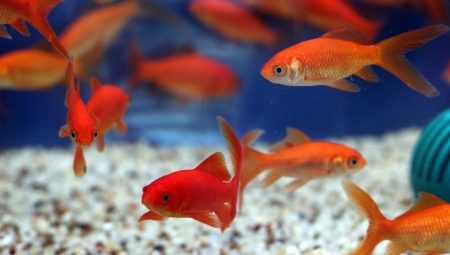
Some of the most beautiful aquarium inhabitants are goldfish. There are a lot of varieties of goldfish: a lion head, a comet, an oranda, a telescope, a veil tail.
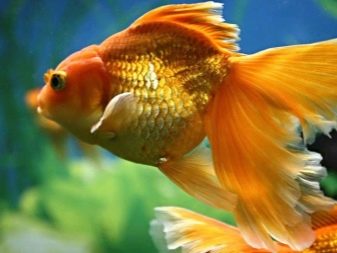
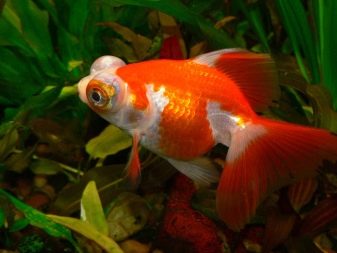
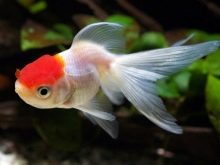

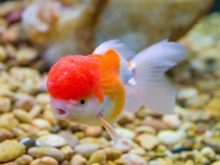
This type of fish does not need special care, they are not aggressive, they grow to a decent size, are bright in color and are quite popular with aquarium breeders.
Description
The comet goldfish belongs to the carp family, was artificially bred by aquarists, so it is impossible to meet it in the wild. The birthplace of this species has not been determined. Although it is believed that the comet appeared for the first time in the USA, and in the sources of the XIX century it is described as a fish from Japan... Perhaps it is for this reason that the comet is especially popular among Asian peoples.
The golden fish comet has an oblong, slightly elongated body and a veiled tail, typical of goldfish. The tail resembles ribbons developing in the water; in relation to the body it is quite long, often it is 2-3 times longer than the body. The fins are also slightly elongated, which gives the comet a graceful appearance. The body is dense and does not have a rounded belly, with the exception of females during the spawning period. The length of the fish can reach 15-20 cm.

With proper care, this fish can live for more than 10 years. The range of colors is quite wide: there are black, golden, red, spotted variations. The most common color, however, is a red, lemon color with silvery scales.
In turn, the type of comet fish has several varieties:
- red - has a bright red color and a rather graceful tail;
- black - has a black charcoal color and a paired tail without a wide cut;
- calico - with a spotted coloration, a long tail and a rather miniature size of about 5 cm;
- yellow - has a yellow color, but without a golden tint, like a goldfish, an elongated body with short fins.
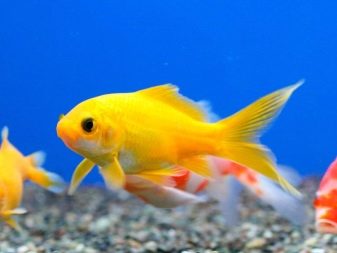
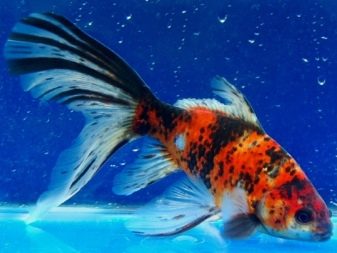

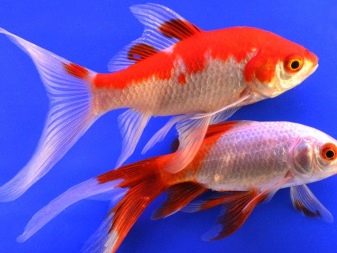
Compatibility
In view of the calm, non-aggressive nature, comets should be combined in an aquarium with fish of a similar nature: catfish, thorns, other goldfish, ancitruses, veiled tails.
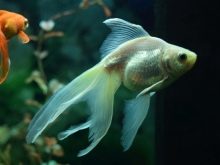
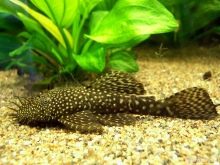
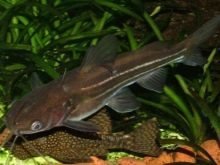
The most incompatible fish are scalars, tetras, barbs and some others. The consequences of the joint keeping of obviously incompatible fish species can lead to the death of the comet, as well as damage to its tail and fins. If you add too miniature individuals as neighbors, then the comet may simply eat them.
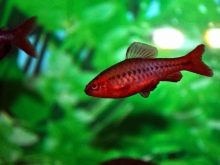
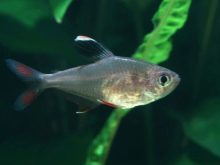
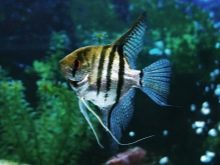
Thus, comets can be kept exclusively with fish that do not have the habits of predators.
Growing conditions and care
Keeping comets in an aquarium is easy - just follow certain guidelines.
- The volume of the aquarium should exceed 50 liters, for a couple of fish the volume should be 100 liters. For a comfortable stay, fish should be made or purchased houses where they can hide and rest. It can be both vegetation with wide leaves and driftwood.
- This species is quite active, they are able to jump out of the aquarium, which will lead to their death. Therefore, a cover is a prerequisite.
- Temperature fluctuations of water of 20-25 degrees are allowed. In winter, it is recommended to use additional heating with the help of special equipment; in summer, if necessary, you need to remove the aquarium to a cooler place.
- The pH is less than 8 units.
- The permissible water hardness is from 5 to 17.
- It is recommended to change a quarter of the water daily in order to maintain a favorable aquarium environment.
- The soil should be selected large, without sharp parts that can injure the fish.
- One of the rather interesting features of comets is their dependence on lighting. So, if there is not enough light, then the fish fades and takes on a rather pale appearance, therefore, the aquarium is often installed in a bright place or with additional lighting devices.
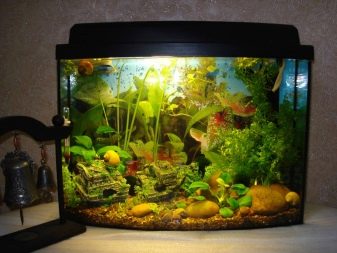
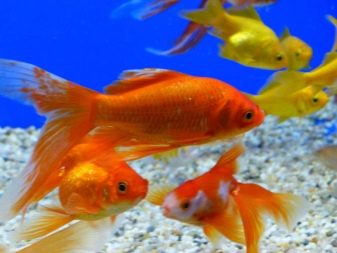
When growing comets, it should be borne in mind that they can quickly contaminate the water with both food debris and secretions... Comets also like to loosen the soil, as a result of which aquarium plants often die. If you prefer to keep plants in your aquarium along with comets, then you should choose vegetation with a strong root system. It can be elodea, vallisneria, live-bearer.
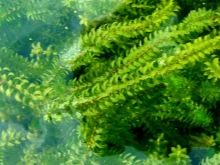

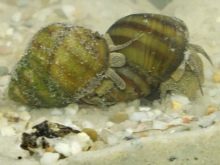
And also in order to avoid the development of decay processes, it is necessary to provide a good filtration system and a compressor installation in the aquarium.
Comets, along with other inhabitants of the aquarium, can get sick. The most common diseases among them are the following.
- Binge eating. A sign of overeating is a swollen belly, the fish turns belly up after feeding. To solve this problem, you should starve it for a couple of days, and also add a weak solution of potassium permanganate to the aquarium,
- Dropsy. Quite an unsightly disease, accompanied by scaling, bulging and curvature of the spine. In this case, you should relocate the sick individual separately from other inhabitants of the aquarium, change its water daily with the addition of a weak solution of potassium permanganate,
- If the water is poisoned or the filtration system is poor, scabies appears. A symptom of this disease is that the fish itches on the surface, is nervous, and lethargy is observed. The treatment is to move the fish to slightly salted cool water,
- You can often see the fish swimming belly up. This is a sign of a shape-shifter. Measures to restore fish are lowering the water level to 6 cm and changing the water temperature by a couple of degrees higher than under ordinary conditions. During the quarantine period, only live food is allowed.
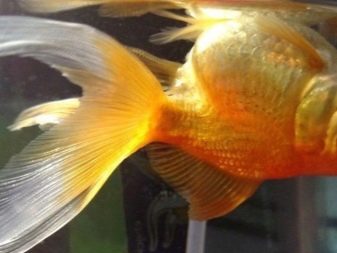

What and how to feed?
Comets have a good appetite, so you should control the amount of fish feeding. The menu should be composed of both plant and live or frozen food with the addition of dry food sold in pet stores. Leftover food should be removed approximately 15-20 minutes after feeding.
For power use brine shrimp, rotifers, daphnia, cyclops. And also fit bloodworm... For plant foods, cut into small pieces cucumbers, lettuce, or spinach.
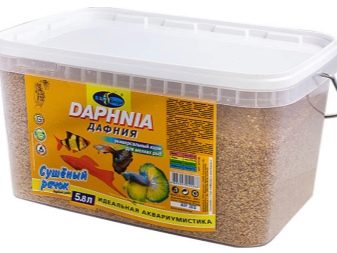
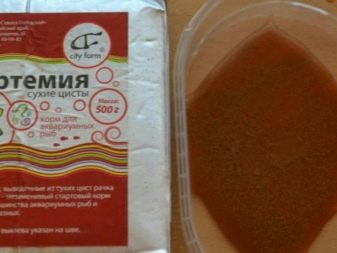
Top dressing is allowed in the form of cereals - buckwheat or rice. Feeding is done 2 times a day.
Although fish are not too picky about food, overfeeding should be wary. It can provoke diseases of the digestive system. It should be remembered that comets can safely endure hunger strikes for up to 2 days.
Sex differences and reproduction
Like most living things, comet fish differ in gender. Nature has provided for the following differences.
- Females are more active in behavior than males, and also have a brighter color and large size. The fins of the females are slightly pointed, the anus is convex; during the breeding season, the belly is rounded and slightly swollen.
- Males are less active, have rounded, slightly short fins. The anal area is solid, in the back of the belly there is an outgrowth, the anus itself is concave. During the breeding season, the male can be distinguished by the following feature - white stripes appear near the gills.
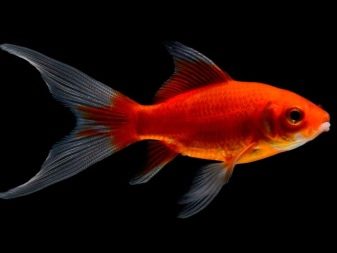
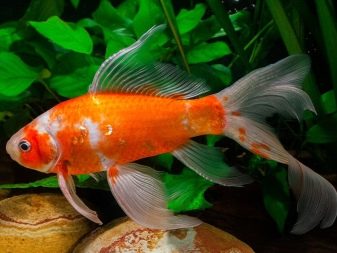
For the reproduction of comets, a separate container with a volume of 30 to 50 liters is used. Here spawning takes place, and then fry rearing. Females and males should be selected over two years of age. To speed up the process, the water temperature can be increased by 2-3 degrees.
After fertilization, the female can spawn up to 10 thousand eggs. After spawning, males and females are moved to a separate aquarium, since they can swallow eggs and fry.
The fry appear in about 1 to 2 weeks. Then, during the second half of the next week, they become able to feed. Live dust, daphnia can be used as food.
The golden comet fish will decorate your aquarium. The graceful structure of the tail and fins will impress aquarium enthusiasts. The fish requires simple care, and with proper care, it can please the eye for quite a long time.
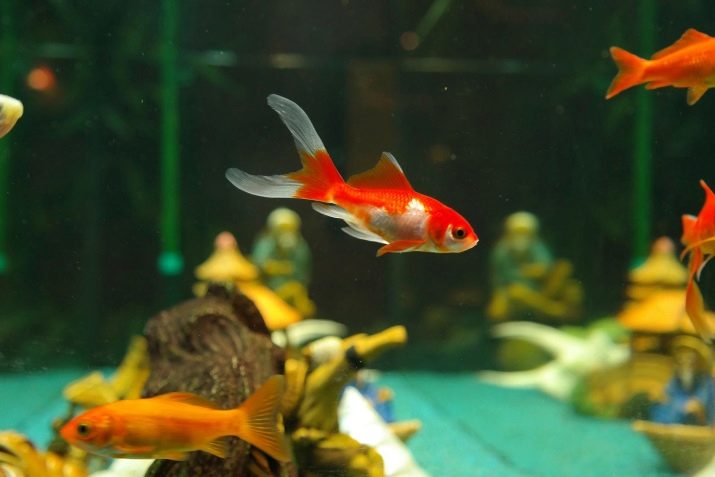
For the features of the comet fish, see the video below.








